Table of content
Stir-fried shrimp is a beloved dish across global cuisines, celebrated for its delicate flavor, vibrant presentation, and relatively quick cooking time. Whether served as an appetizer, a main course, or part of a multi-course meal, this dish embodies the essence of balanced flavors and textures. This article delves into the intricacies of preparing stir-fried shrimp, exploring everything from ingredient selection to advanced cooking techniques. By the end, you’ll be equipped to create a restaurant-quality dish in your own kitchen.
The Foundations of Stir-Fried Shrimp
Stir-frying, a cornerstone of Asian cooking, involves cooking ingredients over high heat in a small amount of oil while stirring constantly. This method preserves the natural flavors and textures of the ingredients, making it ideal for delicate proteins like shrimp. The key to success lies in mastering heat control, timing, and ingredient preparation.
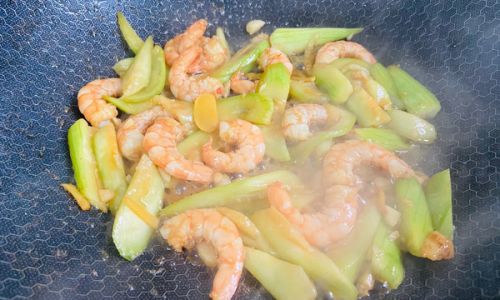
Ingredient Selection
- Shrimp: Fresh or frozen? While fresh shrimp is ideal, high-quality frozen shrimp (thawed properly) can yield excellent results. Opt for medium to large shrimp (31-40 or 26-30 count per pound) for a satisfying bite.
- Aromatics: Garlic, ginger, and scallions form the flavor base. Fresh is non-negotiable here—dried alternatives lack the pungency needed.
- Vegetables: Bell peppers, snow peas, broccoli, or mushrooms add crunch and color. Choose vegetables that cook quickly to maintain their texture.
- Sauces: A combination of soy sauce, oyster sauce, and a touch of rice vinegar or Shaoxing wine creates depth. For a gluten-free option, use tamari or coconut aminos.
- Seasonings: White pepper, sesame oil, and a pinch of sugar enhance umami. Cornstarch thickens the sauce and gives the shrimp a velvety coating.
Preparation: The Devil Is in the Details
- Cleaning Shrimp:
- Peel and Devein: Remove shells (leave tails on for presentation, if desired). Use a paring knife to make a shallow cut along the back and extract the dark vein.
- Marinate: Toss shrimp in a mixture of cornstarch, soy sauce, and a splash of Shaoxing wine. This “velveting” technique seals in moisture and tenderizes the meat.
- Chopping Vegetables: Cut ingredients into uniform sizes to ensure even cooking. Julienne ginger and mince garlic finely.
- Sauce Preparation: Mix soy sauce, oyster sauce, sugar, and a teaspoon of cornstarch in a bowl. Have this ready before igniting the stove—stir-frying moves fast!
Cooking Techniques: From Wok to Plate
Equipment Matters
A carbon-steel wok is traditional, but a large stainless-steel or cast-iron skillet works if heat distribution is even. Ensure your pan is screaming hot before adding oil—this prevents sticking and ensures a quick sear.
Step-by-Step Cooking
- Heat the Wok: Place it over high heat for 2-3 minutes. Add 1-2 tablespoons of oil (peanut or vegetable oil for high smoke points).
- Stir-Fry Aromatics: Toss garlic and ginger into the oil. Stir for 10-15 seconds until fragrant but not browned.
- Add Shrimp: Lay shrimp in a single layer. Let them sear undisturbed for 30 seconds before stirring. Cook until pink and curled (2-3 minutes). Overcooking turns shrimp rubbery.
- Vegetables: Push shrimp to the side and add harder vegetables (like broccoli) first. Stir-fry for 2 minutes, then add quicker-cooking veggies (bell peppers) for another minute.
- Sauce: Pour the pre-mixed sauce into the wok. Stir vigorously to coat everything. The cornstarch will thicken the sauce in 30-45 seconds.
- Finish: Drizzle sesame oil and toss in sliced scallions. Remove from heat immediately to halt cooking.
Variations and Creative Twists
Stir-fried shrimp’s beauty lies in its adaptability. Here are global spins:
- Szechuan-Style: Add doubanjiang (chili bean paste) and Szechuan peppercorns for a numbing-spicy kick.
- Thai Basil Shrimp: Include Thai basil, bird’s eye chilies, and a splash of fish sauce.
- Lemon Garlic Shrimp: Substitute soy sauce with lemon juice and add extra garlic. Garnish with parsley.
- Pineapple Shrimp Stir-Fry: Introduce diced pineapple and red bell peppers for a sweet-tangy contrast.
Pro Tips for Perfect Results
- Dry Shrimp Thoroughly: Pat shrimp with paper towels before marinating to prevent steaming.
- Don’t Overcrowd the Pan: Cook in batches if needed. Overcrowding lowers the wok’s temperature, leading to soggy results.
- Taste and Adjust: Season with salt or a splash of vinegar at the end if the flavors seem flat.
- Use a Splatter Guard: High heat can cause oil splatters. A guard keeps your stovetop clean.
Common Mistakes and How to Avoid Them
- Rubbery Shrimp: Overcooking is the culprit. Remove shrimp from the pan as soon as they turn opaque.
- Bland Flavor: Under-seasoning or forgetting to marinate. Always taste your sauce before adding it.
- Mushy Vegetables: Overcooking veggies. Add them in order of firmness and pull them off early if unsure.
- Sauce Separation: If the sauce doesn’t thicken, mix a teaspoon of cornstarch with water and stir it in.
Serving Suggestions
- With Rice: Jasmine or basmati rice absorbs the sauce beautifully.
- Noodle Pairing: Toss with lo mein or udon noodles for a heartier meal.
- Appetizer Platter: Serve with steamed dumplings and spring rolls for a dim sum-style spread.
- Salad Topping: Add chilled stir-fried shrimp to a bed of greens for a light lunch.
Health Benefits of Stir-Fried Shrimp
Shrimp is a lean protein source, rich in selenium, vitamin B12, and iodine. When stir-fried with minimal oil, it’s a low-calorie, nutrient-dense option. Vegetables add fiber, vitamins, and antioxidants, making this dish a well-rounded choice for health-conscious eaters.
The Science Behind Stir-Frying
Stir-frying at high temperatures (300-350°F) triggers the Maillard reaction, creating complex flavors through caramelization. The rapid cooking also preserves the shrimp’s texture by minimizing moisture loss. The cornstarch in the marinage acts as a barrier, preventing the shrimp from releasing too much liquid and steaming.
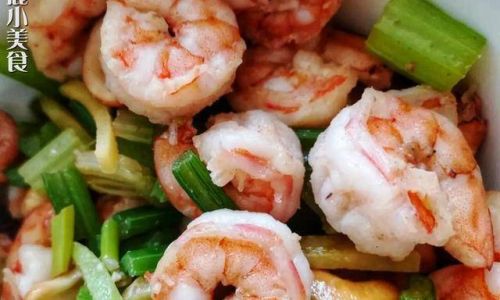
Troubleshooting Guide
- Sauce Too Thin: Simmer for an extra minute or add a cornstarch slurry.
- Shrimp Not Browning: Ensure the pan is hot enough and the shrimp are dry.
- Burnt Garlic: Add aromatics after the oil shimmers but before it smokes.
Cultural Context
Stir-frying originated in China over 2,000 years ago, evolving as a practical way to cook over wood fires. Today, it’s a symbol of culinary efficiency, blending nutrition and flavor in minutes. In regions like Guangdong, stir-fried shrimp is a Lunar New Year staple, symbolizing abundance and joy.
Conclusion
Stir-fried shrimp is more than a recipe—it’s a canvas for creativity. By mastering the basics of heat control, ingredient prep, and sauce balance, you can adapt this dish to suit any palate or occasion. Whether you prefer fiery Szechuan heat or the fresh zing of lemon garlic, the principles remain the same: respect the ingredients, embrace high heat, and savor the results. So grab your wok, and let’s make some magic—one swift stir at a time.
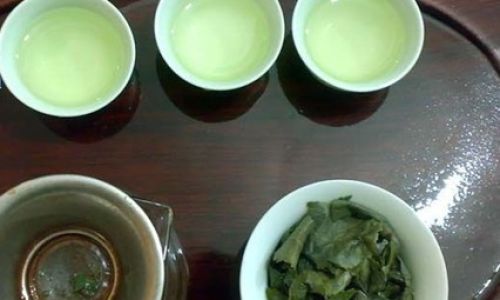
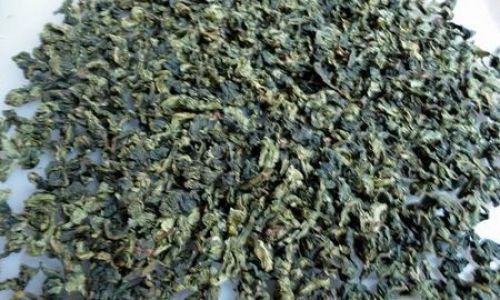
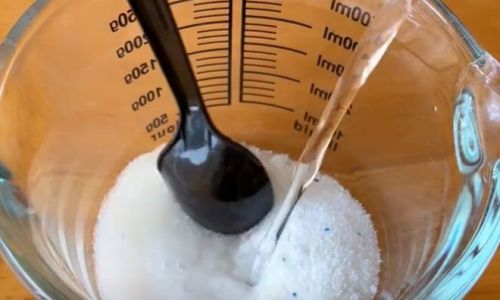

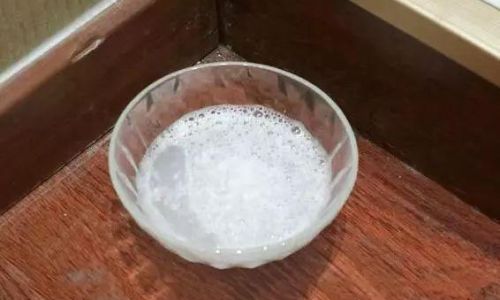
0 comments